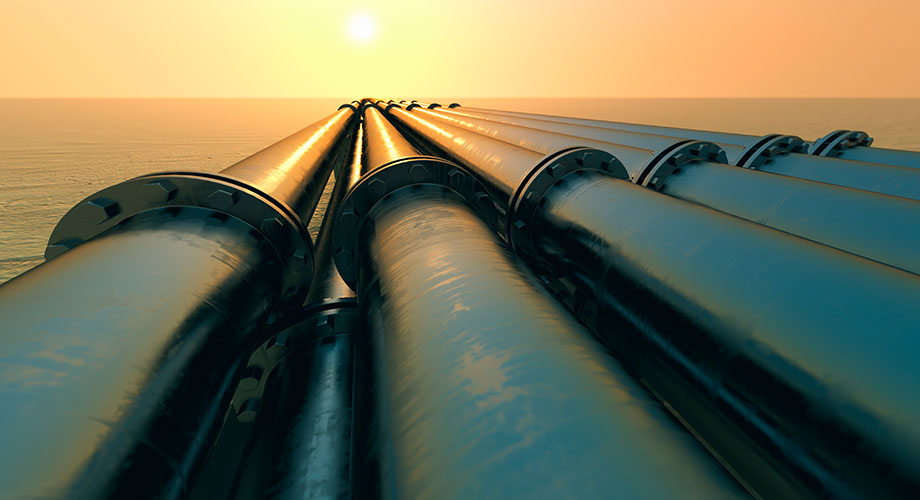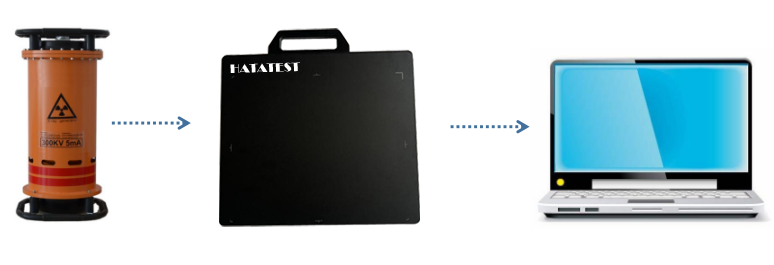The Different Methods

There are two different ways in which the ultrasonic waves are detected: reflection and attenuation. In reflection-based modes, the transducer acts as both the ultrasonic emitter and receiver. This is the method, as mentioned above, where the ultrasonic waves are reflected off any cracks in the material, or at the boundary between the material and the space beyond the material. In this case, the signal is outputted as a function of amplitude which represents the intensity of the reflection and the distance, and therefore the arrival time of the ultrasonic wave.
On the other hand, for the attenuation method, there is a separate transmitter and receiver located on opposite sides of the material. They are again separated from the surface of the material by a thin fluidic layer. This means that the waves are sent from the emitter, pass through the material and are received on the other side. Any cracks, defects or imperfections reduce the intensity of the ultrasonic wave, and this is picked up by the receiver which deduces their presence within the material.
Aside from these conventional methods, there is also a range of sub-methods that use the same (or similar) principles. These methods are often used in specific situations, such as in pressurized environments and within flooded pipes. Of these sub-methods, the most common include Advanced Ultrasonic Backscatter Technique (AUBT), Phased Array Ultrasonic Testing (PAUT), Long Range Ultrasonic Testing (LRUT), Internal Rotating Inspection System (IRIS), Time of Flight Diffraction (TOFD) and Dry-Coupled Ultrasonic Testing (DCUT).
Advantages and Disadvantages
One of the key advantages of ultrasonic testing is that it is non-destructive testing, which is particularly useful for pipelines as removal of sections is not necessary. Additionally, the process can detect flaws on and underneath the surface of a material, has high accuracy, reliability and penetrating power, requires access to only one side of the material, has no associated health hazards, is portable, and the output of results is immediate.
One of the main disadvantages is that the process can only be used on a limited number of materials. Additionally, a skilled and trained operator is required to perform the measurement because the instrument must be calibrated using appropriate reference standards to achieve correct results, and noise must be identified and eliminated from the results. Moreover, it is often hard to inspect areas which have a complex geometry, a rough surface or are extremely thin.
-
 Sales@hata-ndt.com
Sales@hata-ndt.com -
 +86 371 63217179
+86 371 63217179










